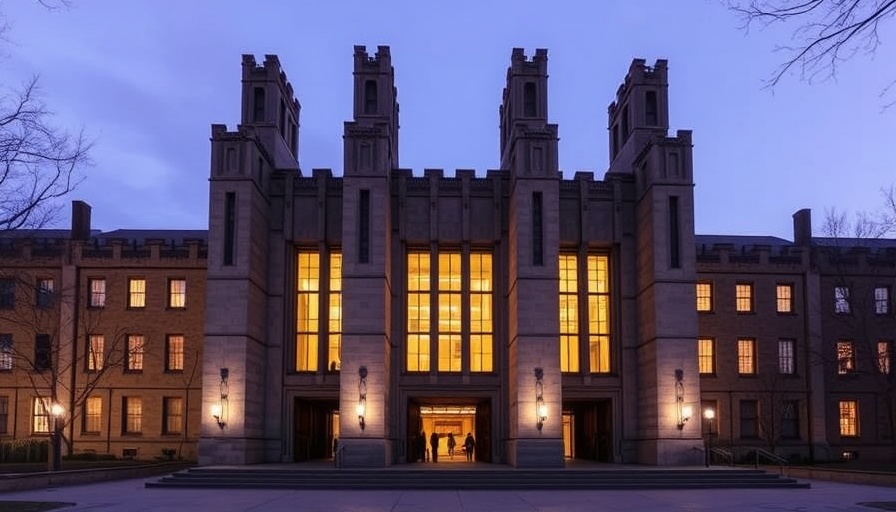
Rethinking Urban Design: The Cyborg Infrastructure Approach
Imagine a city where buildings not only house people but also adapt to their needs, improving the quality of life in both obvious and subtle ways. Lauren Bon, founder of Metabolic Studio, envisions such a future through what she calls "cyborg infrastructure." This concept blends our physical environments with advanced technology, creating dynamic spaces that respond intelligently to their inhabitants.
The Importance of Workspace in Urban Environments
For digital nomads, remote work necessitates a workspace that balances comfort and efficiency. As our lifestyles evolve, our workspaces should transform into ergonomic havens that promote productivity and wellness. Bon's vision aligns perfectly with this need, advocating for spaces that are not just functional but also healing. The future city should integrate natural elements, such as plants and light, to enhance the cognitive function and well-being of its inhabitants.
Creating Comfort With Ergonomics
Bon emphasizes that infrastructure can be designed to support not only physical but also mental health. From adjustable furniture to smart lighting, ergonomic principles inform every aspect of workspace design. Research shows that effective ergonomics reduces fatigue, decreases discomfort, and fosters better focus. Thus, addressing these elements in city planning is crucial for enhancing life quality for everyone, especially for remote workers who often face the challenge of isolation.
Examples of Cyborg Infrastructure
Cities around the globe are experimenting with cyborg infrastructure concepts, blending smart technology and human-centric design. For instance, the integration of smart sensors in public spaces can provide real-time data on air quality, temperature, and occupancy levels, allowing for responsive environmental controls that enhance comfort. This dynamic approach ensures that every citizen enjoys a personalized experience in public areas, akin to the tailored workspace digital nomads seek.
Bridging the Gap Between Nature and Technology
Urban environments often face challenges related to pollution and lack of green spaces. Bon's cyborg infrastructure concept advocates for biophilic design—incorporating natural features into urban settings to reconnect people with nature. For example, parks equipped with smart irrigation systems can adapt to weather patterns, conserving water while ensuring greenery thrives. Such initiatives not only beautify the urban landscape but also contribute to mental wellness, a key factor for those working remotely.
Future Trends in Urban Design
As we look to the future, the principles laid out by Bon may reshape how digital nomads engage with urban spaces. Cities could evolve to support diverse lifestyles and working habits through flexible designs and integrated technology. Such changes promise not just to enhance productivity for remote workers but also introduce sustainability into mainstream living by reducing energy footprints and encouraging healthier living conditions.
Inspirational Takeaways for Digital Nomads
Digital nomads who prioritize comfort and functionality in their workspace can draw inspiration from the cyborg infrastructure model. Embracing the idea of integrating technology and natural elements can lead to creating a workspace that not only enhances productivity but does so in a healthful, enjoyable environment. It’s about transforming any remote environment into a sanctuary for both work and well-being.
In conclusion, Lauren Bon’s vision for cyborg infrastructure highlights the evolving relationship between urban spaces and their inhabitants. By focusing on ergonomic design and smart technology, the future of our cities can truly support varied lifestyles, making them more conducive to productivity and well-being.
 Add Row
Add Row  Add
Add 




Write A Comment